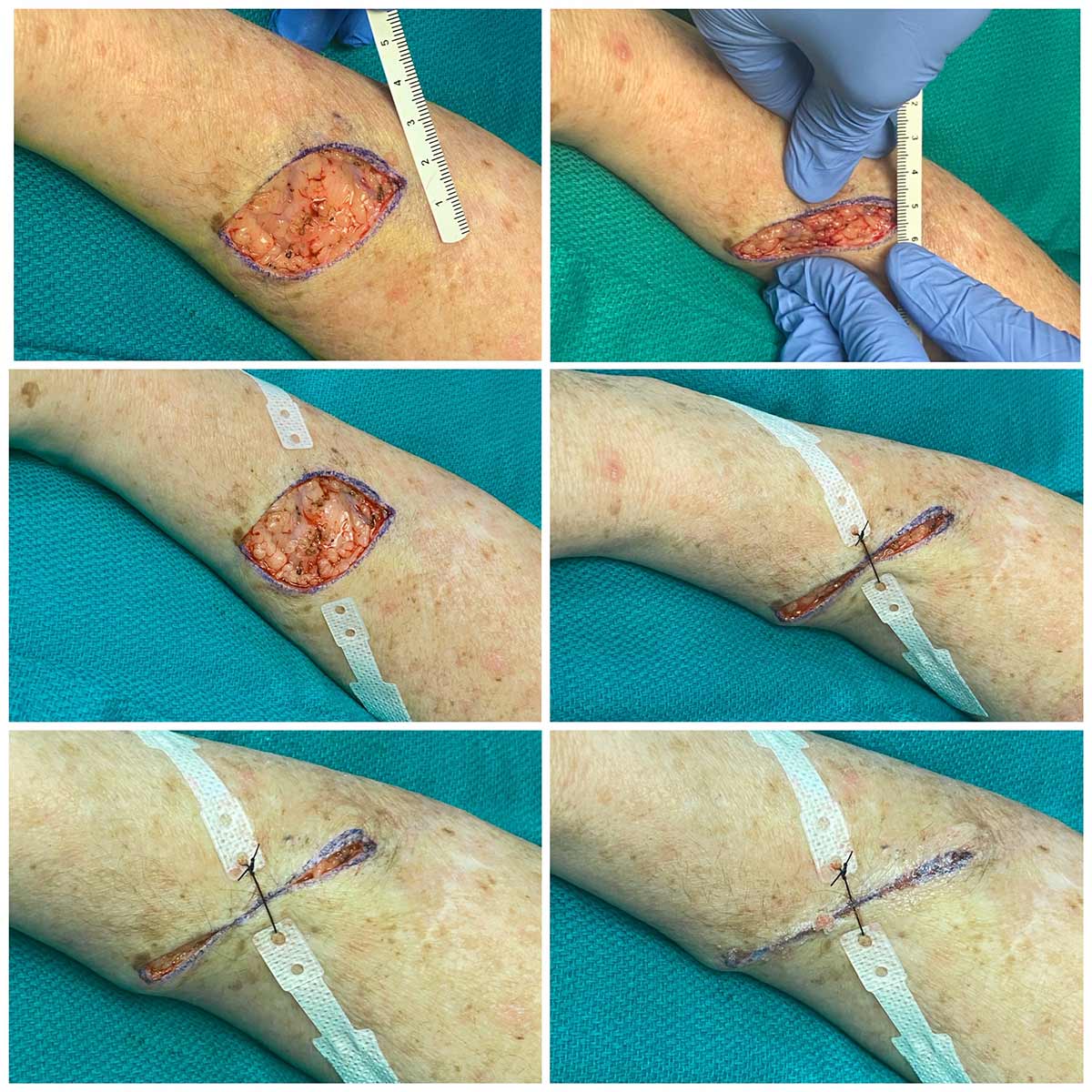Foot and Ankle Surgery
Clinical Cases
ASRD Amputation
![Hemigard Amputation]()
Click to enlarge.
ASRD Calcaneal Fracture
![Hemigard Calcaneal]()
Click to enlarge.
ASRD Charcot
![Charcot Surgery]()
Click to enlarge.
ASRD Pilon Fracture
![Pilon Surgery]()
Click to enlarge.
ASRD Comminuted Fracture
![Comminuted Fracture]()
Click to enlarge.
ASRD Achilles
![Achilles Surgery]()
Click to enlarge.
Wound Care
Clinical Cases
Reducing Size of Ankle Wound
![Reducing Ankle Wound Size]()
Click to enlarge.
Delayed Primary Closure
![Delayed Primary Closure]()
Click to enlarge.
Surgical Oncology
Clinical Cases
ASRD Forearm

Click to enlarge.
ASRD Chest Wound
![Hemigard Chest Wound]()
Click to enlarge.
Early Mobilization of Hand Wound
![Hemigard Laceration]()
Click to enlarge.
ASRD Upper Arm
![HEMIGARD Upper Arm]()
Click to enlarge.
ASRD Thin Arm Skin
![Defect following Mohs Surgery]()
Click to enlarge.
ASRD Ankle
![HEMIGARD Ankle]()
Click to enlarge.
ASRD Face
![HEMIGARD Face]()
Click to enlarge.
ASRD Forehead
![HEMIGARD Forehead]()
Click to enlarge.